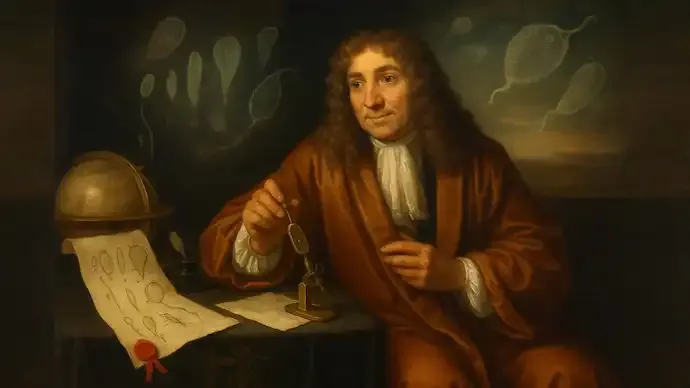Shopping cart
Your cart empty!
Terms of use dolor sit amet consectetur, adipisicing elit. Recusandae provident ullam aperiam quo ad non corrupti sit vel quam repellat ipsa quod sed, repellendus adipisci, ducimus ea modi odio assumenda.
Lorem ipsum dolor sit amet consectetur adipisicing elit. Sequi, cum esse possimus officiis amet ea voluptatibus libero! Dolorum assumenda esse, deserunt ipsum ad iusto! Praesentium error nobis tenetur at, quis nostrum facere excepturi architecto totam.
Lorem ipsum dolor sit amet consectetur adipisicing elit. Inventore, soluta alias eaque modi ipsum sint iusto fugiat vero velit rerum.
Sequi, cum esse possimus officiis amet ea voluptatibus libero! Dolorum assumenda esse, deserunt ipsum ad iusto! Praesentium error nobis tenetur at, quis nostrum facere excepturi architecto totam.
Lorem ipsum dolor sit amet consectetur adipisicing elit. Inventore, soluta alias eaque modi ipsum sint iusto fugiat vero velit rerum.
Dolor sit amet consectetur adipisicing elit. Sequi, cum esse possimus officiis amet ea voluptatibus libero! Dolorum assumenda esse, deserunt ipsum ad iusto! Praesentium error nobis tenetur at, quis nostrum facere excepturi architecto totam.
Lorem ipsum dolor sit amet consectetur adipisicing elit. Inventore, soluta alias eaque modi ipsum sint iusto fugiat vero velit rerum.
Sit amet consectetur adipisicing elit. Sequi, cum esse possimus officiis amet ea voluptatibus libero! Dolorum assumenda esse, deserunt ipsum ad iusto! Praesentium error nobis tenetur at, quis nostrum facere excepturi architecto totam.
Lorem ipsum dolor sit amet consectetur adipisicing elit. Inventore, soluta alias eaque modi ipsum sint iusto fugiat vero velit rerum.
Do you agree to our terms? Sign up

On September 17, 1683, the Royal Society of London received a letter from a cloth merchant in Delft that would alter the course of science. Antonie van Leeuwenhoek, armed not with university degrees but with handmade lenses, reported seeing tiny “animalcules” — the world’s first glimpse of bacteria and microscopic life.
Born in 1632 to modest beginnings, van Leeuwenhoek apprenticed as a linen draper and later opened his own shop. His trade exposed him to magnifying glasses, sparking a lifelong fascination with lenses. Unlike most scholars of his time, he lacked formal education and never studied Latin, the language of science. Yet his curiosity led him to grind and polish glass into microscopes capable of magnifying objects up to 275–500 times, far surpassing contemporary instruments.
In 1674, he observed microorganisms in pond water. By 1676, he described bacteria, followed by red blood cells, sperm cells, protozoa, muscle fibers, and yeast. He even examined dental plaque, noting how animalcules thrived within it. These discoveries opened an entirely new dimension of life, invisible to the naked eye.
Van Leeuwenhoek never published books; instead, he wrote more than 300 detailed letters to the Royal Society. At first, scholars doubted his claims, but Robert Hooke confirmed his findings, validating his work. Soon, his fame spread, drawing visitors such as Peter the Great of Russia to Delft to peer through his lenses.
Despite worldwide recognition, van Leeuwenhoek lived a private life. He married twice, raised a daughter, and worked steadily as a draper and city official. He fiercely guarded his lens-making methods, leaving behind only a handful of authentic microscopes, now treasured in museums.
Even in his final years, he continued documenting observations with meticulous care, including a description of his own rare illness. He died in 1723 at the age of 90, leaving behind a legacy that reshaped biology and medicine.
Centuries before Louis Pasteur and Robert Koch linked microbes to disease, van Leeuwenhoek had revealed their existence. From a quiet street in Delft, a merchant with a curious eye unlocked the microscopic world, earning his place in history as the Father of Microbiology.
10
Published: Sep 18, 2025